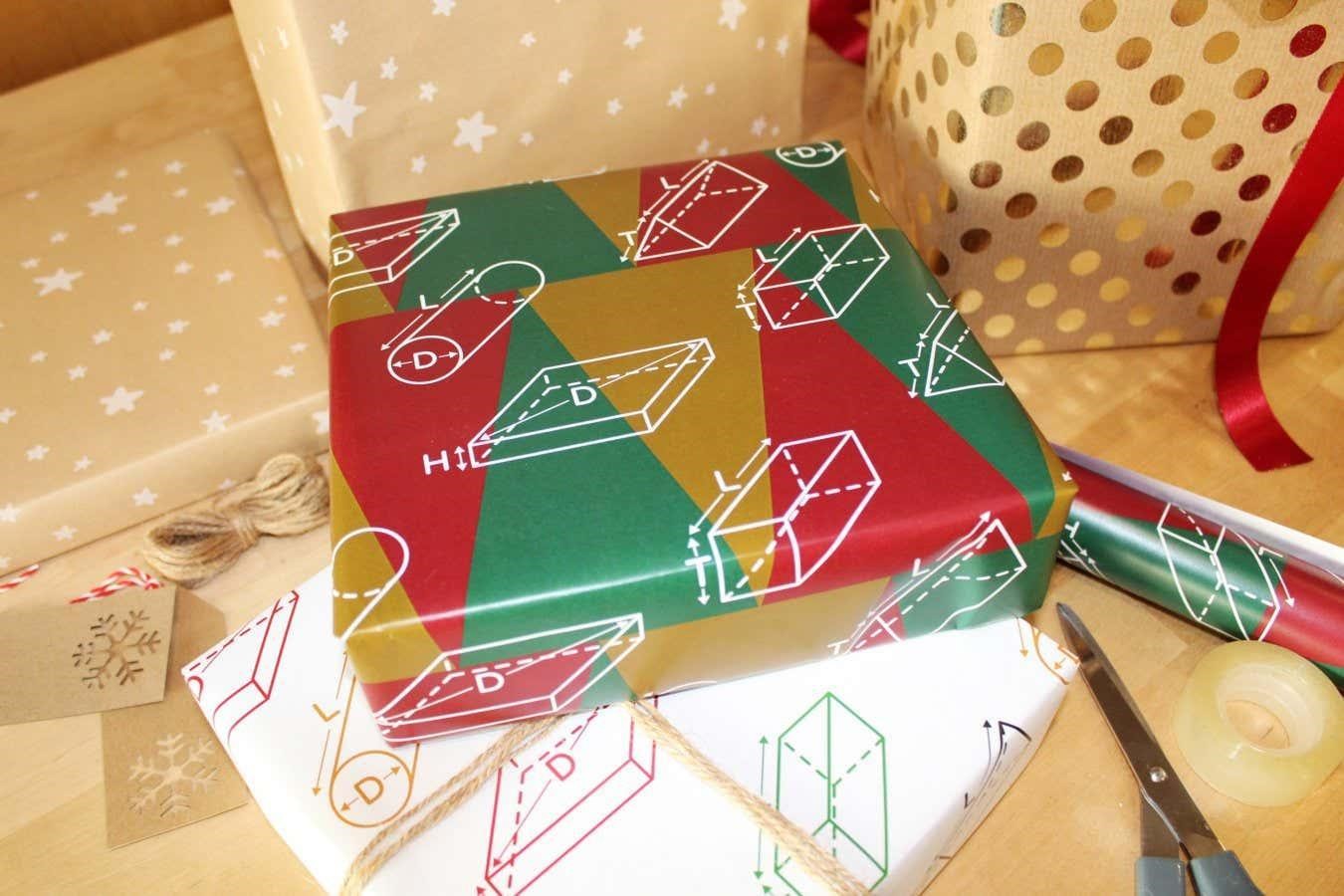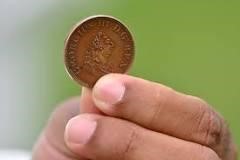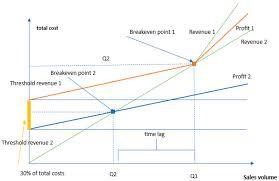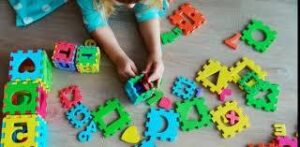Reduce wastage and enjoy deeply satisfying neat folds by applying a little geometry to your gift-wrapping, says Katie Steckles.
Wrapping gifts in paper involves converting a 2D shape into a 3D one, which presents plenty of geometrical challenges. Mathematics can help with this, in particular by making sure that you are using just the right amount of paper, with no wastage.
When you are dealing with a box-shaped gift, you might already wrap the paper around it to make a rectangular tube, then fold in the ends. With a little measuring, though, you can figure out precisely how much paper you will need to wrap a gift using this method, keeping the ends nice and neat.
For example, if your gift is a box with a square cross-section, you will need to measure the length of the long side, L, and the thickness, T, which is the length of one side of the square. Then, you will need a piece of paper measuring 4 × T (to wrap around the four sides with a small overlap) by L + T. Once wrapped around the shape, a bit of paper half the height of the square will stick out at each end, and if you push the four sides in carefully, you can create diagonal folds to make four points that meet neatly in the middle. The square ends of the gift make this possible (and deeply satisfying).
Similarly, if you are wrapping a cylindrical gift with diameter D (such as a candle), mathematics tells us you need your paper to be just more than π × D wide, and L + D long. This means the ends can be folded in – possibly less neatly – to also meet exactly in the middle (sticky bows are your friend here).
How about if your gift is an equilateral triangular prism? Here, the length of one side of the triangle gives the thickness T, and your paper should be a little over 3 × T wide and L + (2 × T) long. The extra length is needed because it is harder to fold the excess end bits to make the points meet in the middle. Instead, you can fold the paper to cover the end triangle exactly, by pushing it in from one side at a time and creating a three-layered triangle of paper that sits exactly over the end.
It is also possible to wrap large, flat, square-ish gifts using a diagonal method. If the diagonal of the top surface of your box is D, and the height is H, you can wrap it using a square piece of paper that measures a little over D + (√2 × H) along each side.
Place your gift in the centre of the paper, oriented diagonally, and bring the four corners to meet in the middle of your gift, securing it with one piece of tape or a sticky bow. This will cover all the faces exactly, and look pretty smart too.
For maximum mathematical satisfaction, what you want is to get the pattern on the paper to line up exactly. This is easier for a soft gift, where you can squash it to line up the pattern, but will only work with a box if the distance around it is exactly a multiple of the width of the repeat on the pattern. Otherwise, follow my example (above) and get your own custom wrapping paper printed!
For more such insights, log into www.international-maths-challenge.com.
*Credit for article given to Katie Steckles*











